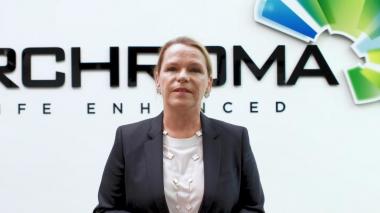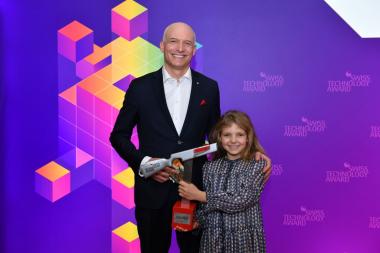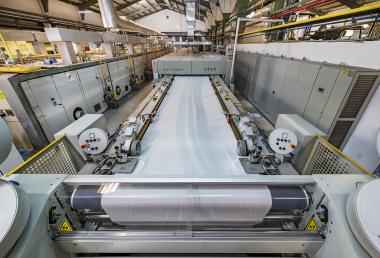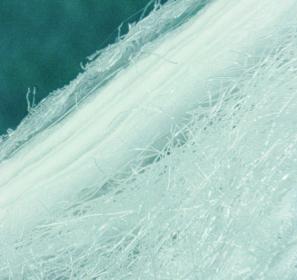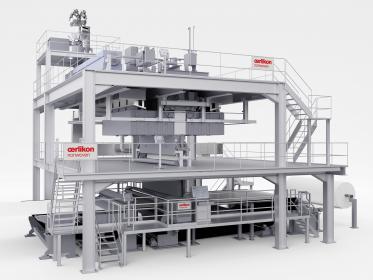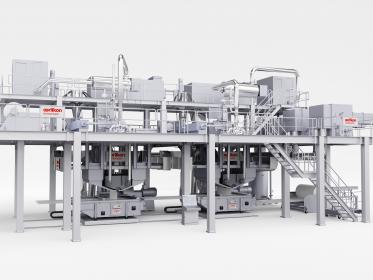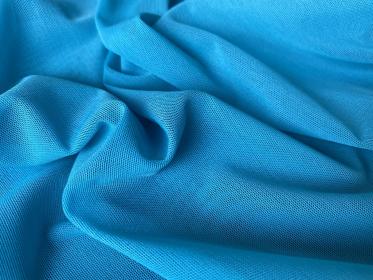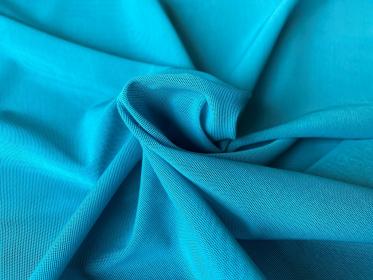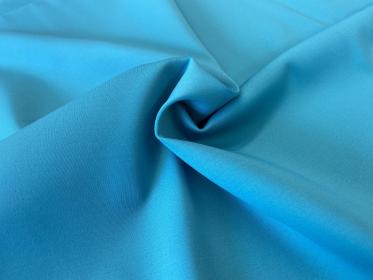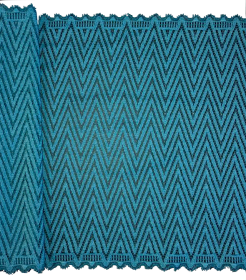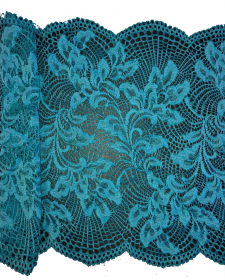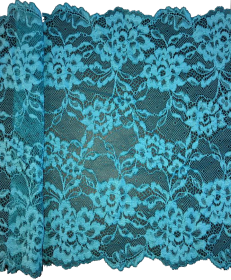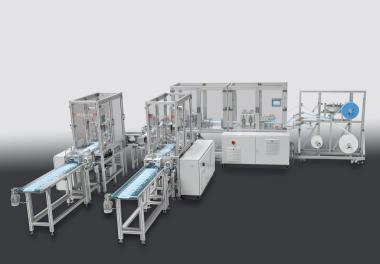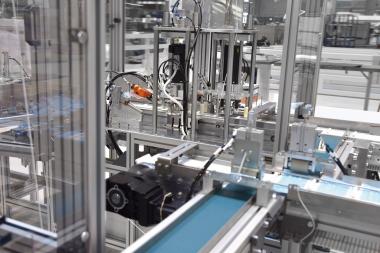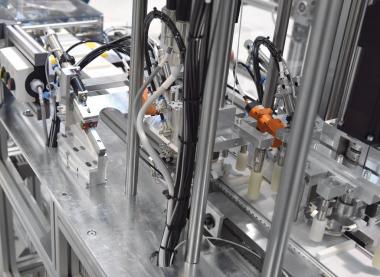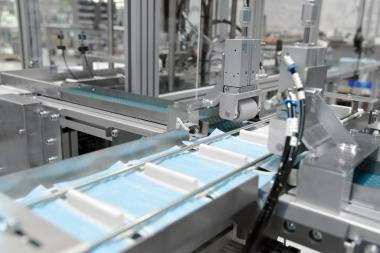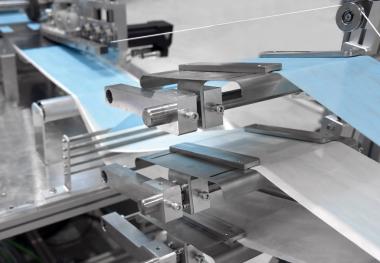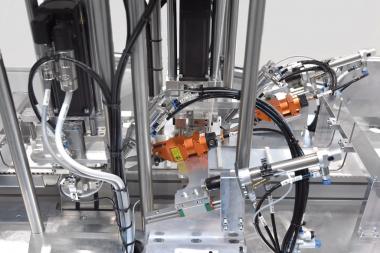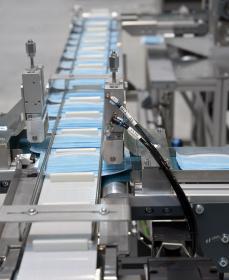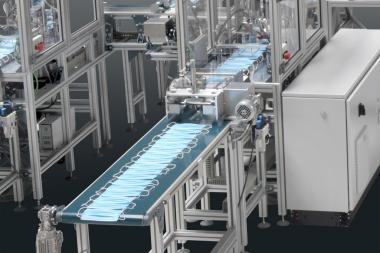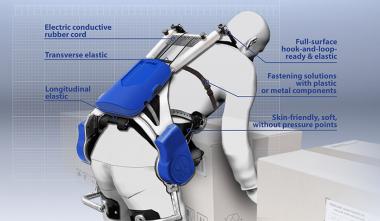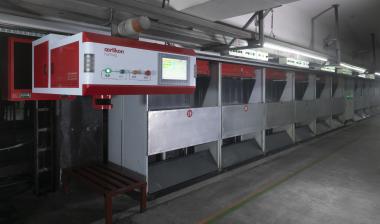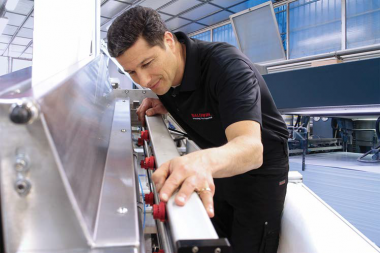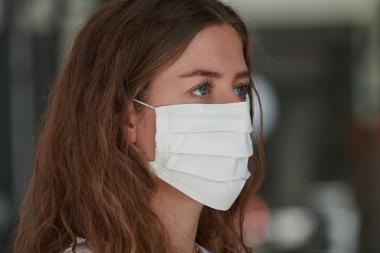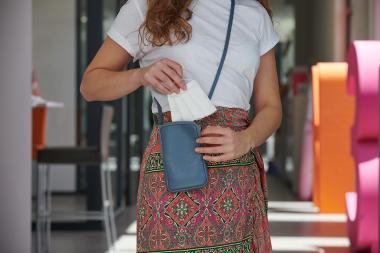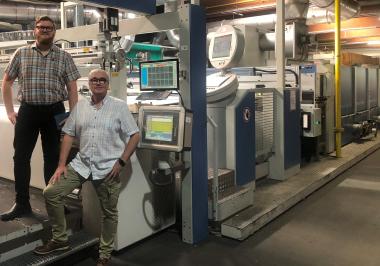Intertextile Shanghai Home Textiles March 2021
The Spring Edition of Intertextile Shanghai Home Textiles will return to the National Exhibition and Convention Center (Shanghai) from 10 – 12 March 2021, together with four other textile events including Intertextile Shanghai Apparel Fabrics – Spring Edition, Yarn Expo Spring, CHIC and PH Value. The fairs will offer an all-round business platform and a host of exciting synergy effects for the sector.
High-quality finished products to be offered
In March 2021, the Spring Edition will showcase a selection of home textile products including bedding & towelling, rugs, table & kitchen linen, home textile technologies, textile design and many more. Additionally, the fair will be held concurrently with Intertextile Shanghai Apparel Fabrics – Spring Edition, Yarn Expo Spring, CHIC and PH Value, offering a comprehensive sourcing platform for the sector.
Lenzing views Intertextile as an ideal platform to present their sustainable home products
The Lenzing Group, a leading producer of man-made cellulose fibres, is amongst the major industry players who have already confirmed their participation in the upcoming fair. Ms Lesley Wu, Home Textile Business Development at Lenzing Fibers (Shanghai), talked about new market trends in the post-pandemic era and the reasons they decided to join the Spring Edition of Intertextile Shanghai Home Textiles:
“Even though the home textile industry has, to some extent, been negatively impacted by the COVID-19 outbreak, there are both opportunities and challenges for the sector. Without a doubt, environmental protection and sustainable development are the hottest topics in today’s society. Consumers are paying more attention to healthy lifestyles and looking to make a shift to green consumption as a result of the pandemic. More and more consumers are opting for functional and sustainable raw materials. Environmentally sustainable fibres are therefore gaining popularity.”
“Right now, we expect the home textile industry will continue its steady recovery. Home textile companies may look for opportunities in product and marketing innovations, such as developing functional and sustainable home textile products and exploring various O2O business model options,” Ms Wu added.
Lastly, Ms Wu shared why they chose to participate in Intertextile: “We decided to exhibit at Intertextile Shanghai Home Textiles because it is an influential trade fair for the industry. As the Lenzing Group has been expanding in the home textile market, we want to use this platform to showcase the applications for TENCEL™ branded fibres in home textiles, and to further promote sustainability through our TENCEL™ Home cellulosic fibres.”
To find out more about this fair, please visit: www.intertextilehome.com
Messe Frankfurt / Intertextile Shanghai Home Textiles










